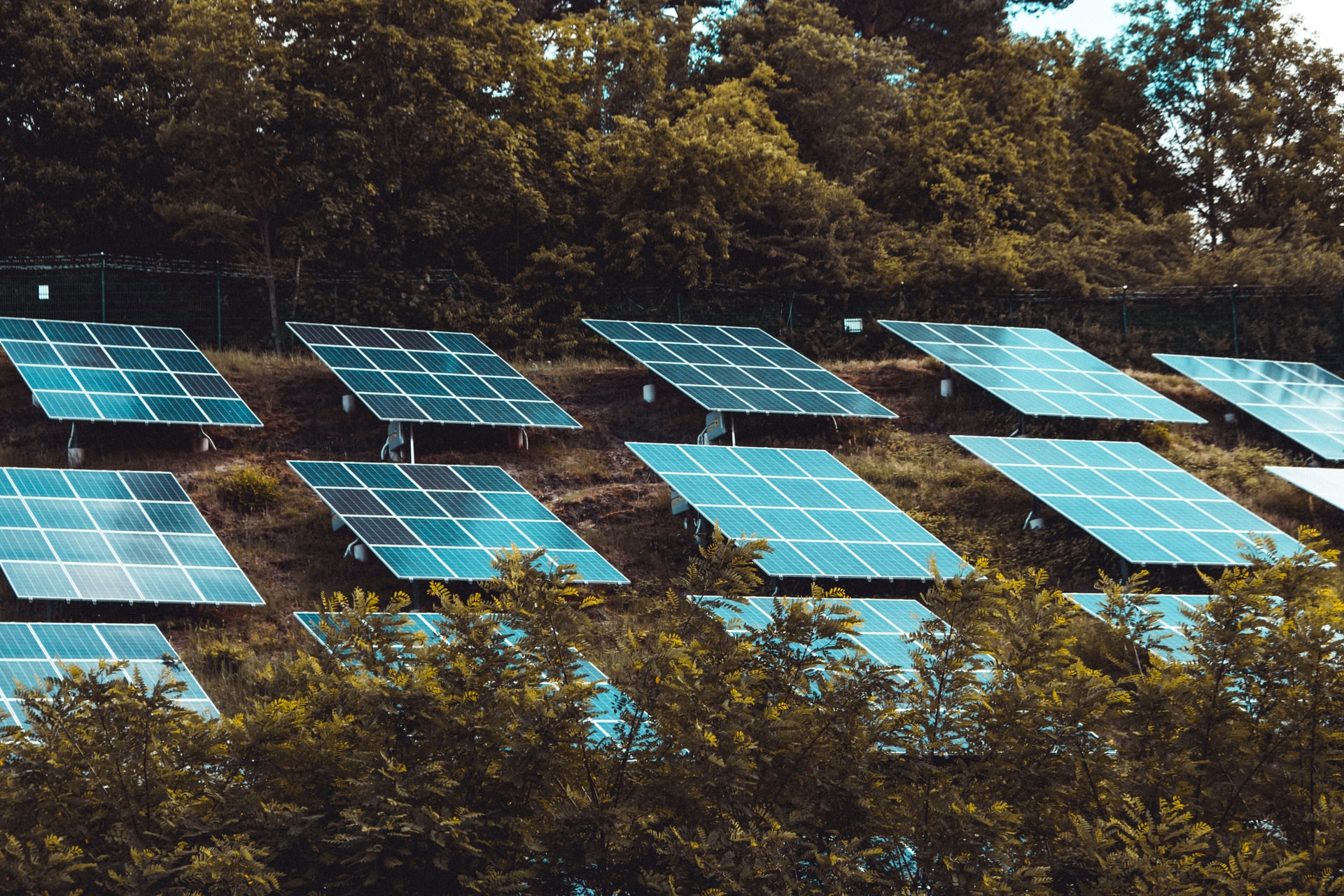STANFORD ENGINEERS ADAPT REGULAR SOLAR PANELS TO GENERATE ELECTRICITY AT NIGHT
STANFORD ENGINEERS’ DEVICE HELPS SOLAR PANELS GENERATE ELECTRICITY AT NIGHT
The proof is long established that photovoltaic (PV) solar panels are an excellent alternative to more traditional energy sources, however they come with one major drawback: they can only be used during the daytime… that is until now. Sid Assawaworrarit, an electrical engineer and PhD candidate at Stanford University, and a team of colleagues have been working to make ordinary solar panels functional at night. The good news is that Assaworrarit and his team have been successful so far.
NEW TECHNOLOGY TAKES ADVANTAGE OF A SURPRISING FACT ABOUT SOLAR PANELS
Sid Assaworrarit and his colleagues at Stanford have created a device that helps regular solar panels generate electricity using the fluctuating temperature of ambient air. You may be surprised to learn solar panels can kind of work in reverse; solar panels emit infrared radiation even in the absence of light.
This takes the form of protons carrying heat away from the solar panel via wavelengths invisible to the human eye. On a clear day (when there aren’t any clouds in the sky to reflect infrared light back toward Earth) this heat transfer creates a temperature difference of a few degrees: this is the secret to Assaworrarit’s device.
The device, called a thermoelectric generator, catches the heat that flows between the warm air and the solar panel and turns it into energy. Assaworrarit’s team is currently able to obtain about 50 milliwatts per square meter of solar panel.
Though this is a small fraction of the amount of electricity a solar panel can generate during the day (most are capable of about 150 watts per square meter), Assaworrarit says the right location and a few tweaks to the technology may allow the device to pick up “about one or two watts per square meter,” which is far more than solar panels were previously able to generate at night.
RADIATIVE COOLING COULD REDUCE THE NEED FOR EXPENSIVE BATTERIES IN SOME APPLICATIONS
Assaworrarit’s team isn’t the first to use a thermoelectric generator to capture heat from the night, but their approach looks promising when it comes to using solar panels that already exist for daytime use. By using an aluminum plate to reduce the amount of heat that could escape from the edges of their solar panels, the team was able to multiply their technology’s generated energy nearly ten times.
Night-effective solar panels carry a significant amount of potential. Scientists who use solar-powered equipment, like meteorologists and wildlife researchers, could benefit from more reliable power sources and lighter backup battery loads.
Those who rely on solar power and other off-grid solutions for daily life—i.e. around one billion people globally—could also benefit from panels capable of providing a more consistent stream of electricity.
Read full original article in BrightVibes.
